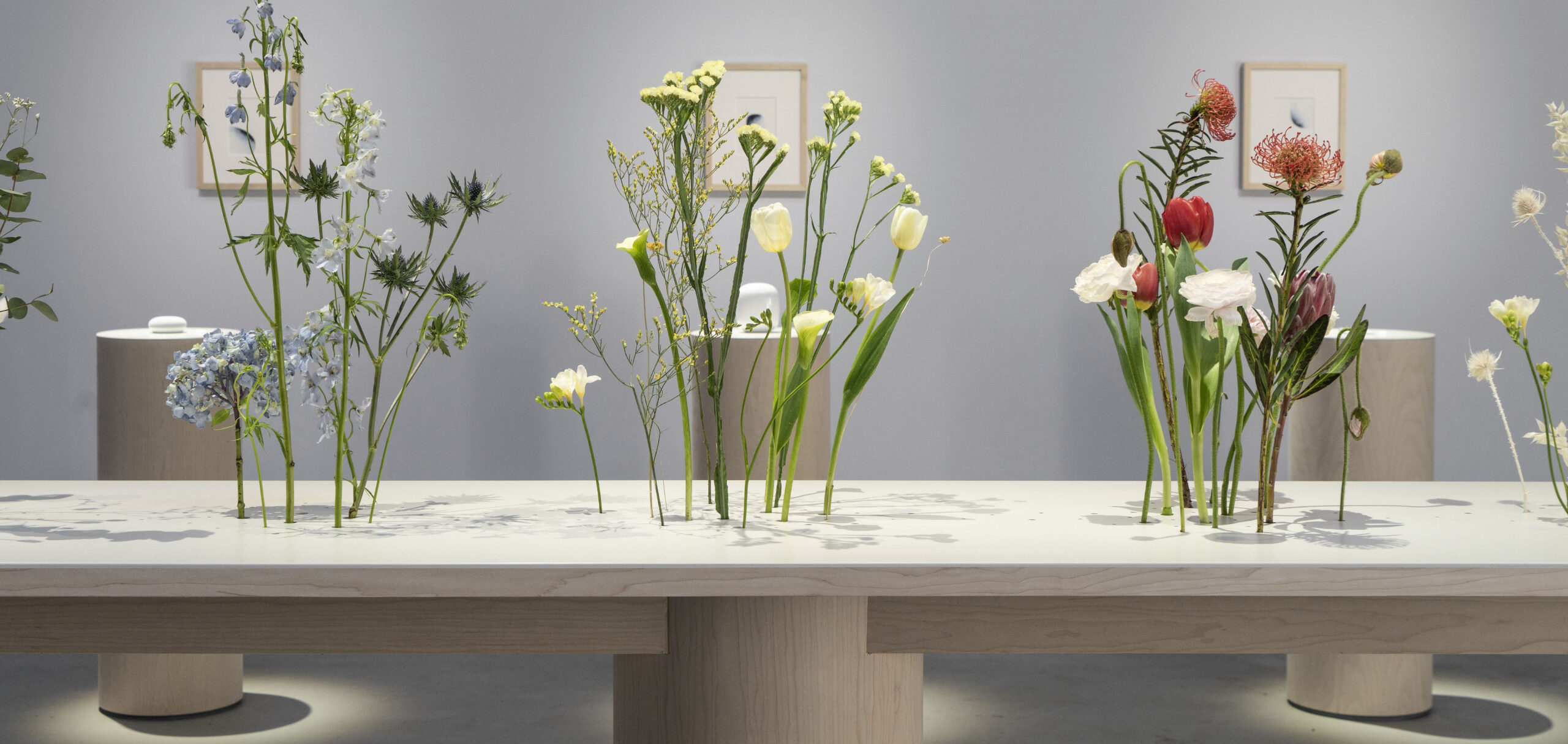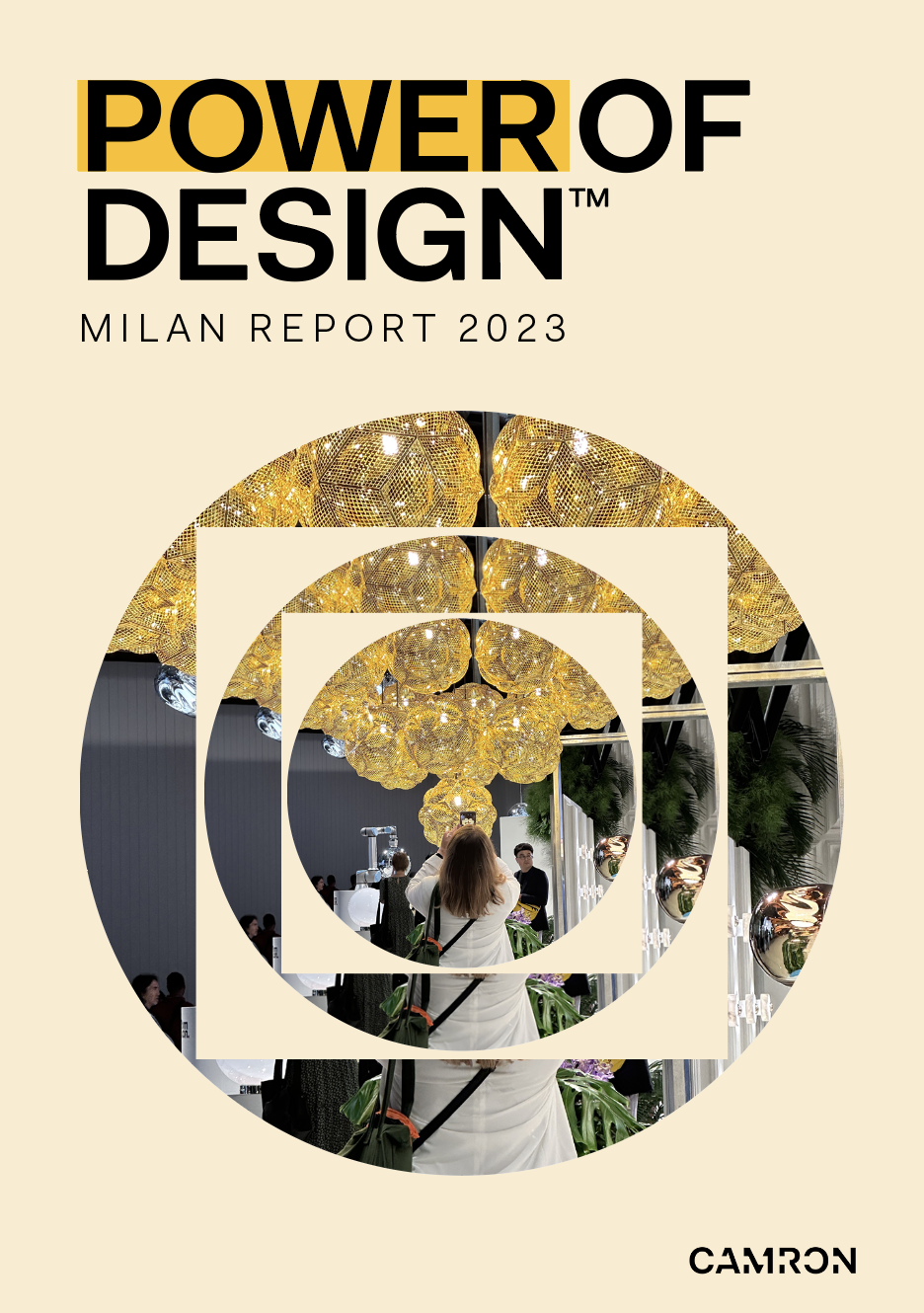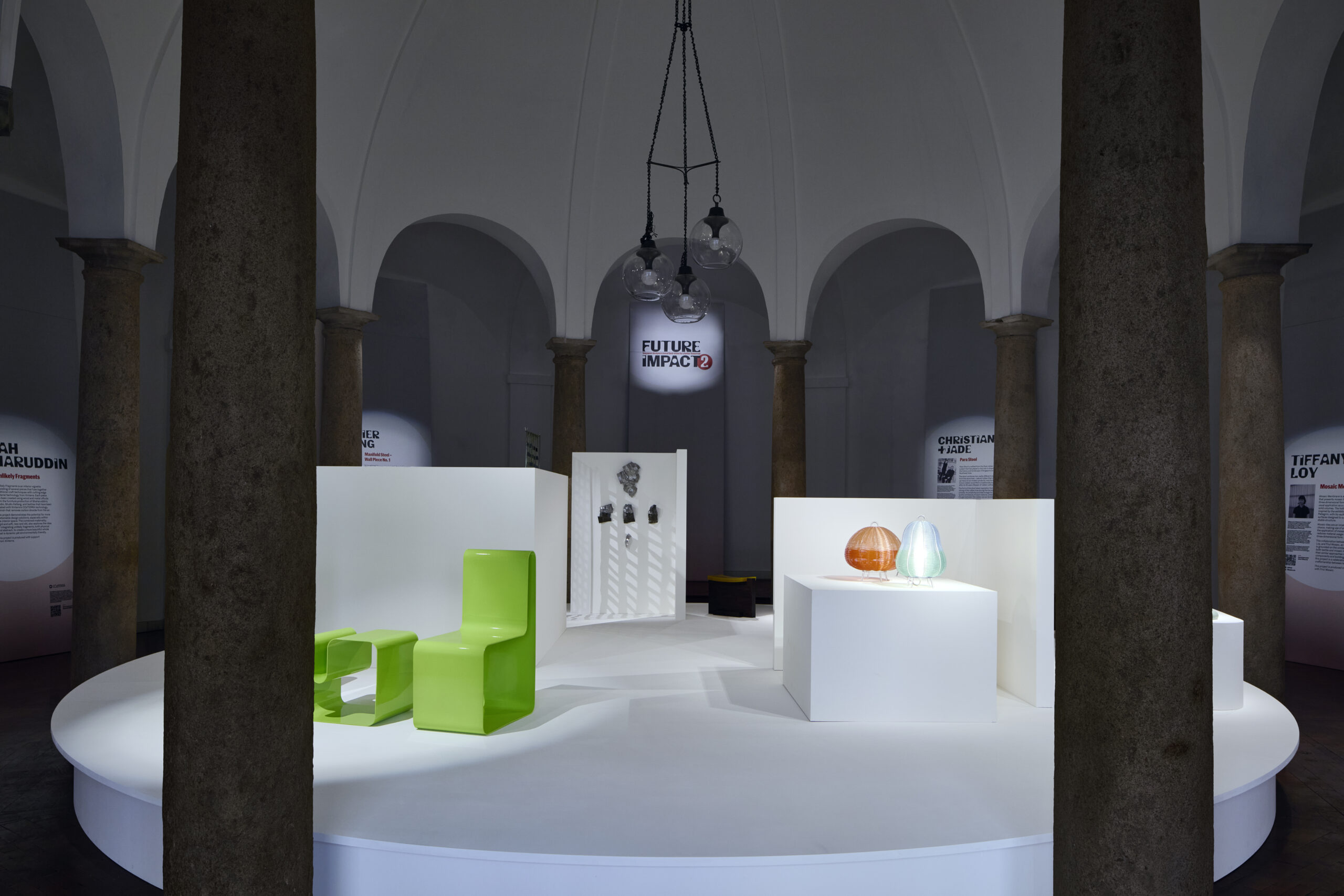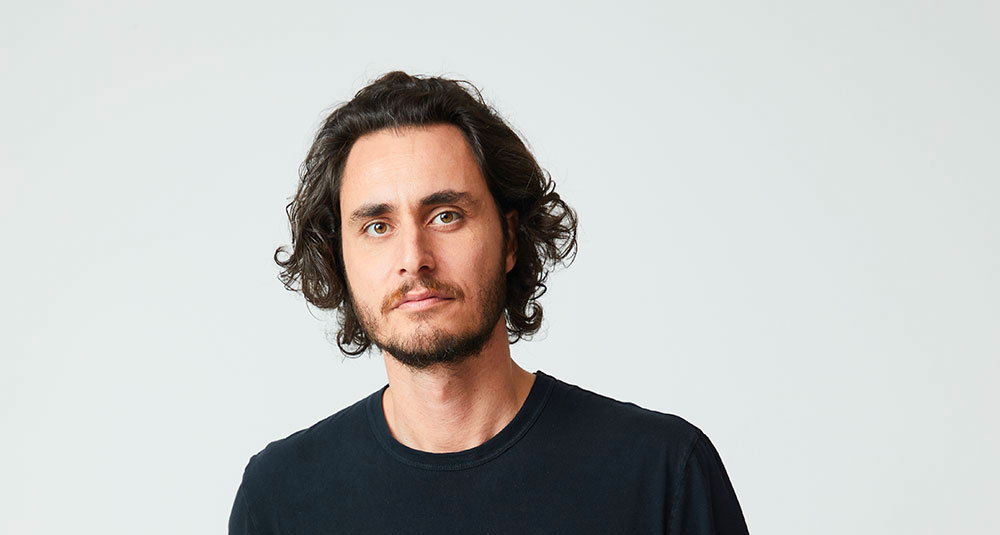DesignSingapore Council Executive Director Dawn Lim muses on the convergence of design and technology in…
More so than ever, brands and designers need to be offering a value exchange.


More so than ever, brands and designers need to be offering a value exchange.
With increasingly more of our lives spent in the convenience of our homes, it’s no longer enough for brands to simply show and tell, the value exchange in the physical space needs to have a greater impact than ever before.
Post-pandemic, 88% of people now prioritise experience over possessions (Kantar 2022), a trend expected to continue throughout the coming years. This year’s Milan Design Week was the perfect example of this principle in action.
Now, this isn’t a new concept. Behavioural science teaches us that one’s experience is disproportionately influenced by the peak and end of an experience, known as, fittingly, The Peak-End Rule. The theory states that your feelings towards an experience are overwhelmingly influenced by the peak, the highlight, and the end, or how you left. Consider your trip to Milan; your lasting impression will be overwhelmingly influenced by your greatest moment (perhaps an outstanding exhibition or enjoyable party) and your flight home (perhaps dampened by Linate chaos).
This heuristic, however, is hugely influential in the world of brand activations and exhibition. Kantar’s database shows that up to 75% of brand building comes from experiential touchpoints (Kantar 2022) and its importance is further amplified by our now hybrid digital-physical world. If we have become accustomed to the speed and convenience of online shopping, browsing and entertainment, what do we gain from taking the time and energy out of our day to visit something IRL? It’s not enough to show the product, you need to make visitors feel something they couldn’t from home. And what’s more, competition is rapidly accelerating with 64% of leading consumer brands already investing in augmented reality, VR, 3D and 360 (accenture 2023).

Looking at this year’s Milan Design Week, there were some great examples of this strategy in action. Google, for instance, staged an exhibition composed of a three-stage sensorial, immersive journey. The project was both narrative and emotional, imparting a feeling of wonder to visitors before tying it back to the product design story right at the end.
But one of the most effective projects of the week was SolidNature, which created a subterranean immersive experience in collaboration with Dutch architecture firm OMA. The exhibition ferried visitors below ground on an allegorical journey that equated the process of quarrying precious stone with the realisation of dreams. The pathway took them through a succession of rooms that encouraged them to touch, smell and feel the material in its various forms, igniting awe and surprise when confronted by its immense strength and fragile nature. At the very end of the journey, in the last room of the pathway, visitors were invited to take a small polished stone — their very own memento of the experience — before climbing the stairs and bursting back into daylight in a private garden furnished with installations by designers like Sabine Marcelis and Studio Ossidiana.
The exhibition was an undeniable success, inevitably winning the Fuorisalone Award for 2023. But looking at the reasons why, especially in the context of value exchange, it’s clear. The entire experience of the exhibition — from the location to the storytelling — contained an element of surprise. Unlike the carefully crafted mise-en-scenes of a typical exhibition that can be communicated in a single photo, it was clear, even watching others’ experiences on social media, that this was one of the few that really needed to be witnessed in person.
Fundamentally, these examples demonstrate the importance of the brand-consumer value exchange…
In the case of Google, we, the consumer, were rewarded with a highly-sensorial experience for the return of indulging in the brand’s product. With SolidNature, we received the cultural currency of that coveted content for participating in the product story.
And elsewhere, other, simpler exchanges were taking place. Bottega gave visitors a highly visible bag in return for them acting as walking billboards. And countless brands were collecting our data in return for a drink, a party, an Instagrambale shot…
Louis Vuitton’s chair and CEO, Michael Burke, is on record stating that ‘Customers are looking for an authentic physical relationship – they’re not looking for Zoom’. When it comes to creating brand activations that work, that engage, that deliver a return, the emotional value exchange is imperative – and the more memorable you can design it to be, the better.
It requires seeing ‘design’ as a never-ending pursuit. Design is not finished once the product or collection is created, in fact, that is just the beginning of the journey. Brands need to be designing the way people interact with their products. The public’s perception of a brand is largely determined by the way they experience it for the first time, and the user design, emotional design and story design all play significant roles in its success.
The rule of thumb should always be: everything by design, nothing by chance.




